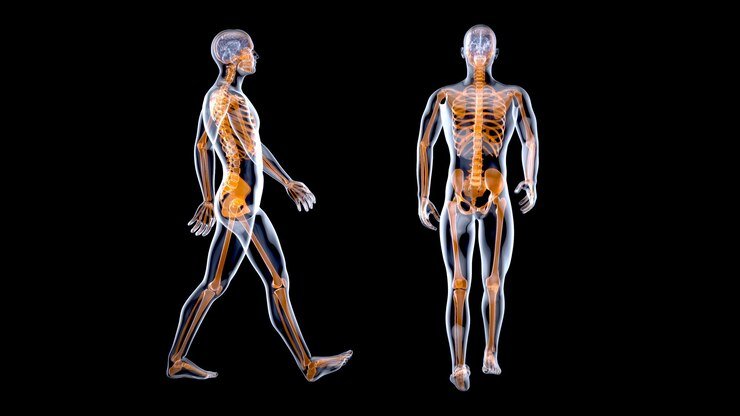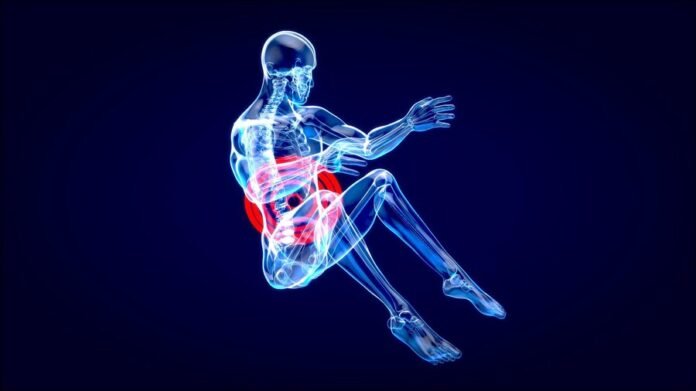Introduction
c Whether you’re an athlete, a fitness enthusiast, or a physical therapist, knowing the specific location of knee pain can make a world of difference in diagnosis and treatment. This blog post will help you explore the anatomy of the knee, understand common pain locations, identify causes, and offer practical tips for prevention and treatment.
Understanding the Knee
The Anatomy of the Knee
The knee is a complex joint that consists of bones, ligaments, tendons, and cartilage. The main bones involved are the femur (thigh bone), tibia (shin bone), and patella (kneecap). These bones are connected by ligaments, which provide stability. The tendons connect muscles to the bones, allowing movement. Cartilage acts as a cushion to reduce friction during movement. Understanding these components helps in pinpointing the exact location of knee pain.
The Role of Ligaments and Tendons
Ligaments such as the ACL (anterior cruciate ligament) and PCL (posterior cruciate ligament) are crucial for knee stability. Tendons like the quadriceps tendon and patellar tendon play a significant role in movement. Damage to these structures can lead to specific types of knee pain, making it essential to know their functions.
Importance of Cartilage
Cartilage, including the meniscus, helps absorb shock and allows for smooth knee movements. Damage or wear and tear to the cartilage can result in pain and mobility issues. Understanding the role of cartilage can help in diagnosing the exact cause of knee pain.
Common Knee Pain Locations
Front of the Knee
Pain in the front of the knee, often referred to as anterior knee pain, is common among athletes and fitness enthusiasts. It can be caused by conditions like patellar tendinitis or runner’s knee. This type of pain often intensifies during activities like running or jumping.
Inside of the Knee
Medial knee pain, or pain on the inside of the knee, is often associated with injuries to the MCL (medial collateral ligament) or meniscus tears. This pain is usually felt during activities that involve twisting or sudden changes in direction.
Outside of the Knee
Lateral knee pain, or pain on the outside of the knee, can be caused by IT band syndrome or lateral meniscus tears. This type of pain is common in activities that involve repetitive knee bending, like cycling or running.

Causes of Knee Pain in Each Location
Anterior Knee Pain
Patellar tendinitis, commonly known as jumper’s knee, is a frequent cause of anterior knee pain. It occurs due to overuse and stress on the patellar tendon. Runner’s knee, or patellofemoral pain syndrome, is another common cause and is characterized by pain around the kneecap.
Medial Knee Pain
Medial knee pain is often the result of MCL injuries, which can occur during activities that involve sudden changes in direction or impact. Meniscus tears on the medial side are also common and can cause sharp pain, especially during twisting movements.
Lateral Knee Pain
IT band syndrome is a leading cause of lateral knee pain and is commonly seen in runners and cyclists. Lateral meniscus tears can also cause pain on the outside of the knee, particularly during activities that involve squatting or bending the knee.
How Athletes and Fitness Enthusiasts Can Prevent Knee Pain
Strengthening Exercises
Strengthening the muscles around the knee, such as the quadriceps and hamstrings, can provide better support and reduce the risk of injury. Exercises like leg presses, hamstring curls, and squats are beneficial.
Proper Warm-Up and Cool-Down
A proper warm-up before exercise and a cool-down afterward can prevent knee injuries. Stretching exercises and light cardio can help prepare the knee for more intense activities and reduce the risk of strains.
Use of Proper Footwear
Wearing appropriate footwear that provides adequate support and cushioning can significantly reduce the risk of knee pain. Ensure that your shoes are suited for your specific activity, whether it’s running, cycling, or weightlifting.
When to Seek Professional Help
Persistent or Severe Pain
If you experience persistent or severe knee pain, it’s essential to seek professional help. Ignoring the pain can lead to more severe issues and longer recovery times.
Difficulty in Movement
If knee pain is causing difficulty in movement or affecting your daily activities, consult a healthcare professional for a proper diagnosis and treatment plan. Early intervention can prevent further complications.
Swelling and Instability
Swelling and instability in the knee are signs that you should seek medical attention. These symptoms can indicate a more severe injury, such as a ligament tear or cartilage damage.
Treatment Options for Knee Pain
Rest and Ice
Rest and ice are often the first line of treatment for knee pain. They can help reduce inflammation and provide initial relief. Elevating the knee can also help decrease swelling.
Physical Therapy
Physical therapy is a common treatment for various types of knee pain. A physical therapist can provide exercises and techniques to strengthen the knee, improve flexibility, and reduce pain.
Medical Interventions
In more severe cases, medical interventions such as injections or surgery may be necessary. It’s essential to consult with a healthcare professional to determine the best course of action based on your specific condition.
Conclusion
Understanding the specific location of your knee pain is vital for proper diagnosis and treatment. Whether you’re an athlete, a fitness enthusiast, or a physical therapist, knowing where the pain is coming from can help you take the appropriate steps to address it. Don’t ignore persistent or severe pain—seek professional help to get back to doing what you love.



